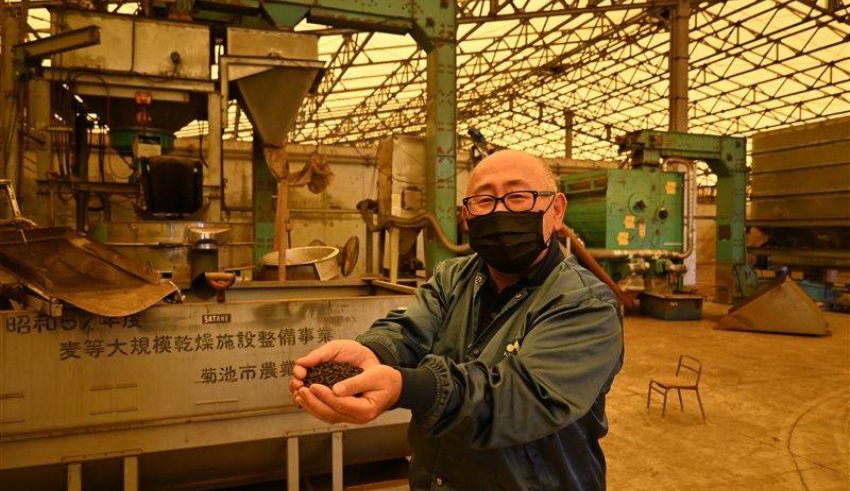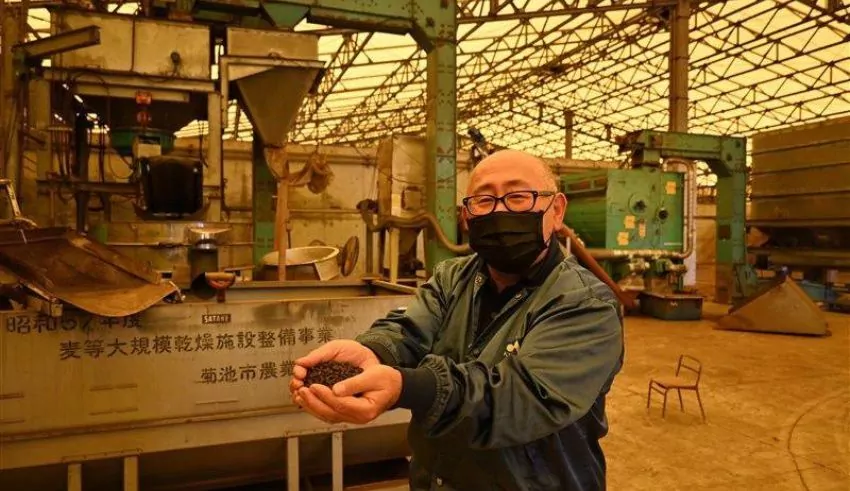

(C) The Japan Times
As prices continue to soar, Japan is turning back to the use of human waste as fertilizer, highlighting the country’s innovative approach to address agricultural challenges.
In response to rising fertilizer costs, Japan is revisiting the practice of utilizing human waste as a source of organic fertilizer. This approach showcases Japan’s resourcefulness and commitment to sustainable agricultural practices.
Amid increasing global fertilizer prices, Japan’s renewed focus on human waste fertilizer offers a cost-effective and environmentally friendly alternative. By harnessing the potential of organic waste, Japan aims to enhance soil fertility and reduce dependency on conventional fertilizers, which have become more expensive in recent times.
The utilization of human waste as fertilizer is not a new concept in Japan. Historically, the country has a tradition of recycling organic waste, including human waste, for agricultural purposes. By employing advanced treatment methods and stringent quality control measures, Japan ensures the safety and effectiveness of this fertilizer.
Japan’s decision to return to human waste fertilizer also aligns with its commitment to achieving sustainability goals. By closing the loop on waste management and transforming it into a valuable resource, Japan exemplifies its dedication to a circular economy and minimizing environmental impact.
While the utilization of human waste as fertilizer may raise certain concerns, Japan’s stringent regulations and advanced treatment processes mitigate potential risks. The country’s rigorous monitoring and quality control measures ensure that the resulting fertilizer meets strict safety standards.
Moreover, Japan’s adoption of human waste fertilizer serves as an example for other countries facing similar challenges. As global fertilizer prices continue to rise, exploring alternative, sustainable options becomes imperative. Japan’s experience and success in this area can inspire and guide other nations in finding innovative solutions for their agricultural needs.
By returning to human waste fertilizer, Japan not only tackles the issue of escalating fertilizer prices but also promotes a more circular and sustainable agricultural system. This approach reflects Japan’s commitment to resourcefulness, environmental stewardship, and the pursuit of practical solutions to address pressing challenges.
Nintendo has announced the new Switch 2 to stir the gaming world with some fabulous features. This console of the…
The 65-year-old Val Kilmer, versatile and magnetic actor famous for his works in Top Gun, Batman Forever, and The Doors,…
Yashasvi Jaiswal announced a major shift in cricket clubs when he left Mumbai Cricket Association to play for Goa domestic…
NASA astronaut Sunita Williams intends to return to India to talk to leaders at the Indian Space Research Organisation (ISRO).…
The 2024-25 CBA season in China was an historic 30th season for the league that was filled with exciting matches,…
China, stepping ahead of possible new US tariffs, has announced new trade plans from India to bring both countries closer…
This website uses cookies.
Read More